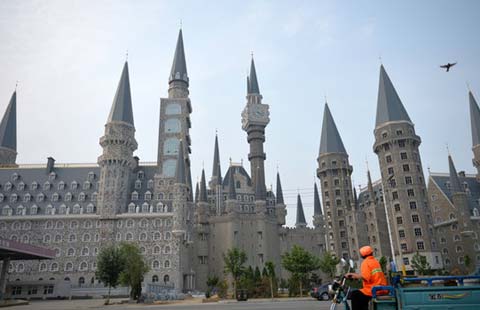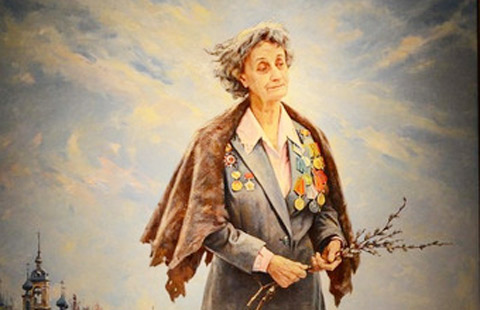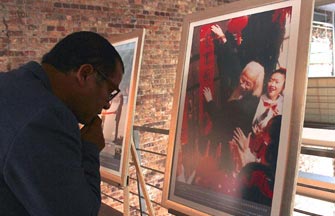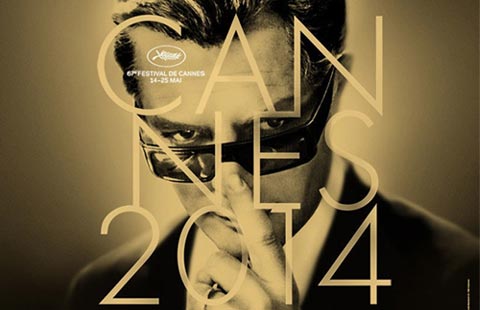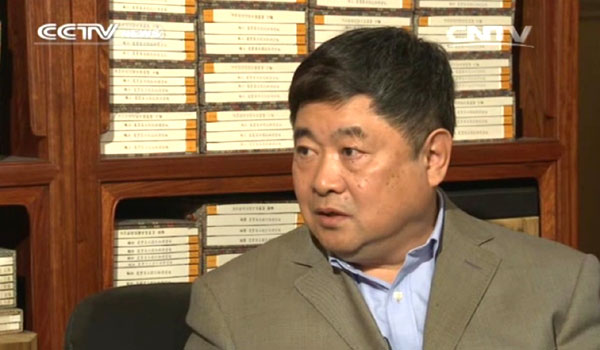 |
|
Shan Jixiang, the director of Beijing's Forbidden City. [Photo/cntv.cn]
|
"The seat of supreme power for over five centuries, the Forbidden City in Beijing with its landscaped gardens and many buildings including nearly 10,000 rooms, contain furniture and countless artworks. The priceless collection reflects the richness of Chinese civilization from the Ming and Qing dynasties. Built in 1420, the palace is China's largest and most intact complex of ancient buildings. It's laid out symmetrically along a north-south axis in the center of Beijing, providing insight into the social development of late dynastic China. The well-designed palace appears magnificent, solemn and harmonious, representing the long cultural tradition of China and its outstanding architectural accomplishments. Director Shan took us for an exclusive tour of the old imperial city showing us some of the most valuable works still being restored." Shan Jixiang said.
"We have about 2200 western clocks all from the 17th and 18th century. They were presented as gifts to the Qianlong Emperor. 800 of them are working and 1000 are being restored. Half of the entire collection is from England and the rest is from Sweden, Germany and other countries. We have the world's most valuable and biggest collection of western clocks here." Shan Jixiang said.
"The most difficult part in restoring this clock is that I have to learn about its complex mechanical structure. It's very complicated as there are several fuctions to it. One controlls the time, the other the music and the third the built-in automaton of characters and animals that make the hourly chimes. It will take me 3 to 4 months to finish it and the bigger ones will take half a year." Qi Haonan, Curator of The Palace Museum said.
"Next we made a stop to the furniture conservation department."
"This is a two-part closet from the early Qing dynasty. There are several missing pieces inside the closet, which has been damaged by termites. Minority groups presented it as a gift to the emperor. It's made of rose wood, and the ornaments are decorated with turtle and clamshells, gold, carnelian gemstones and silver. The most difficult part for us in the restoration process is finding the right material similar to the original and people with the right skill sets. We will finish this by the end of the year." Kong Yanju, Curator of The Palace Museum said.
"You have traveled a lot and seen a lot of museums. What are the differences between the western museums and the Palace Museum? " Fei Ye asked.


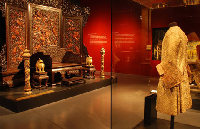
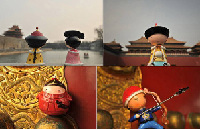

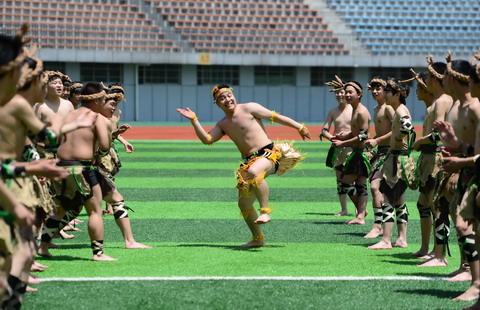
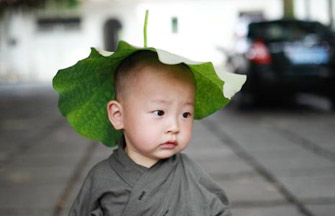
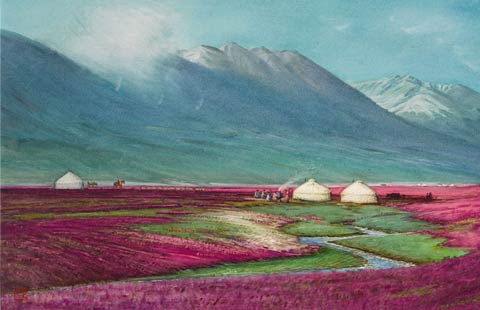
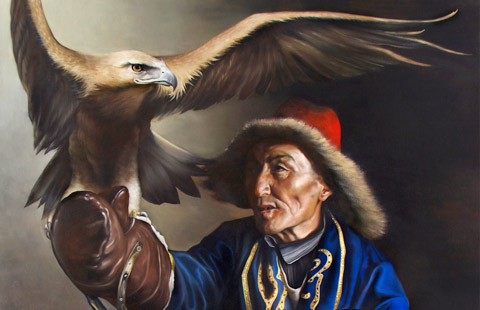

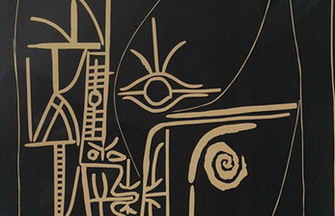

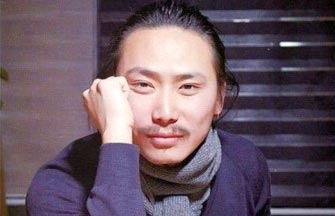

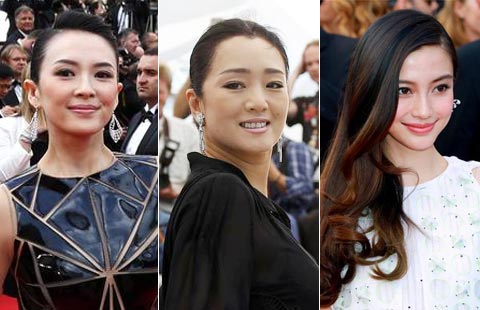
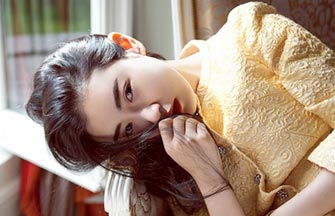

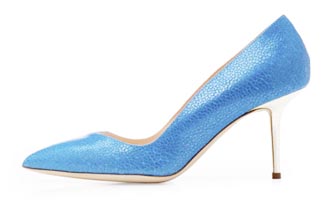

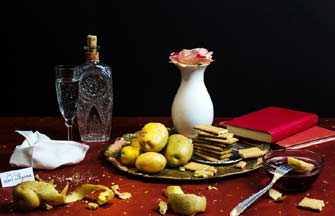




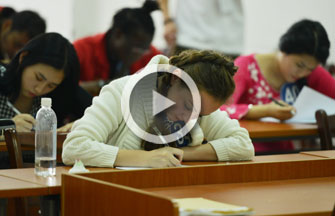
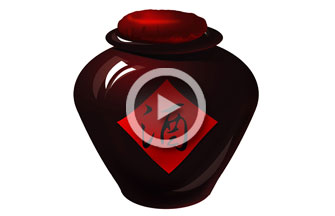

 Raymond Zhou:
Raymond Zhou: Pauline D Loh:
Pauline D Loh: Hot Pot
Hot Pot Eco China
Eco China China Dream
China Dream China Face
China Face

